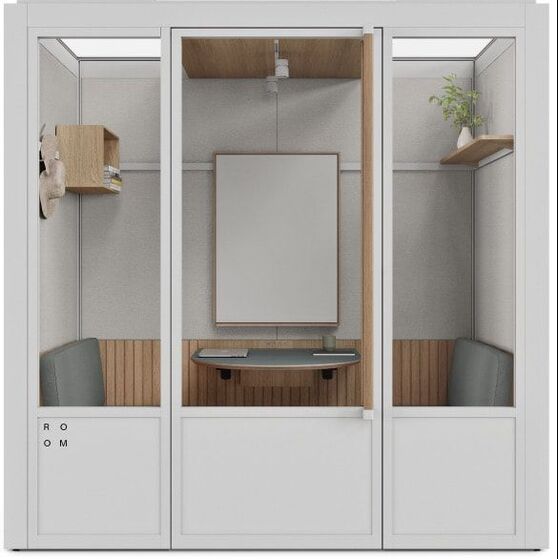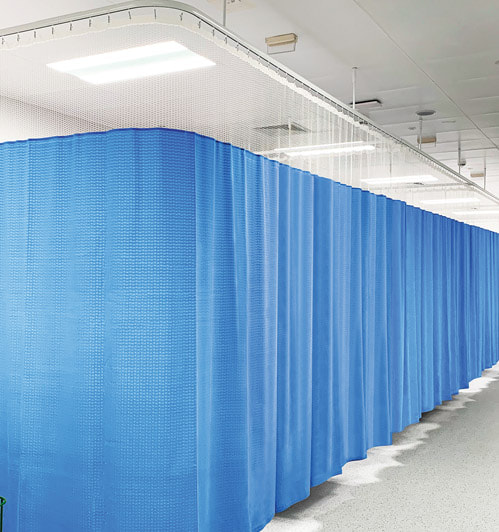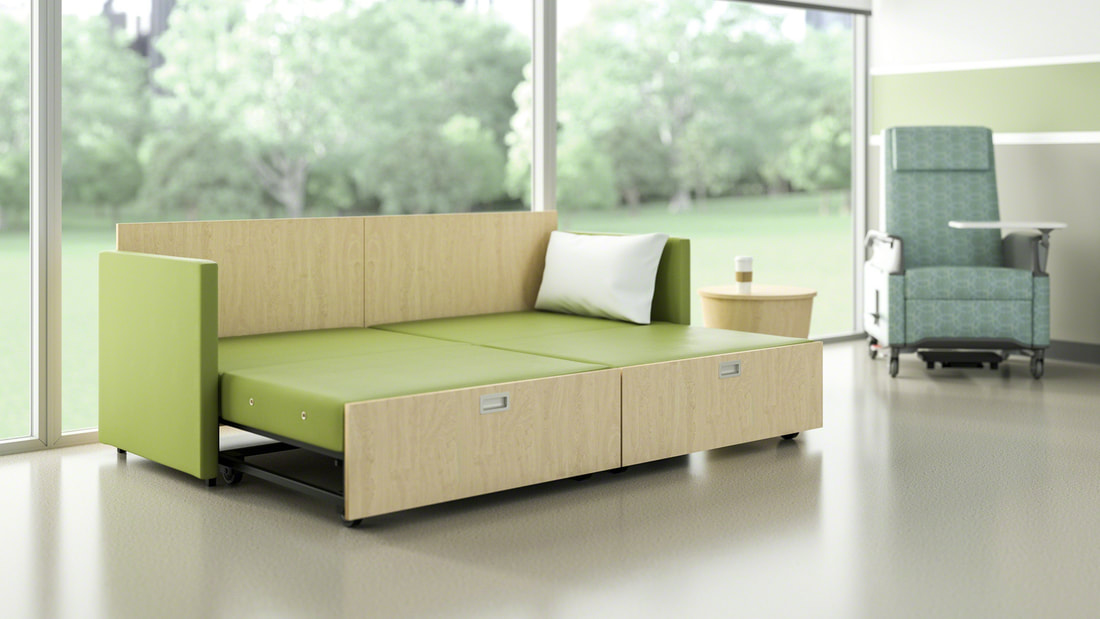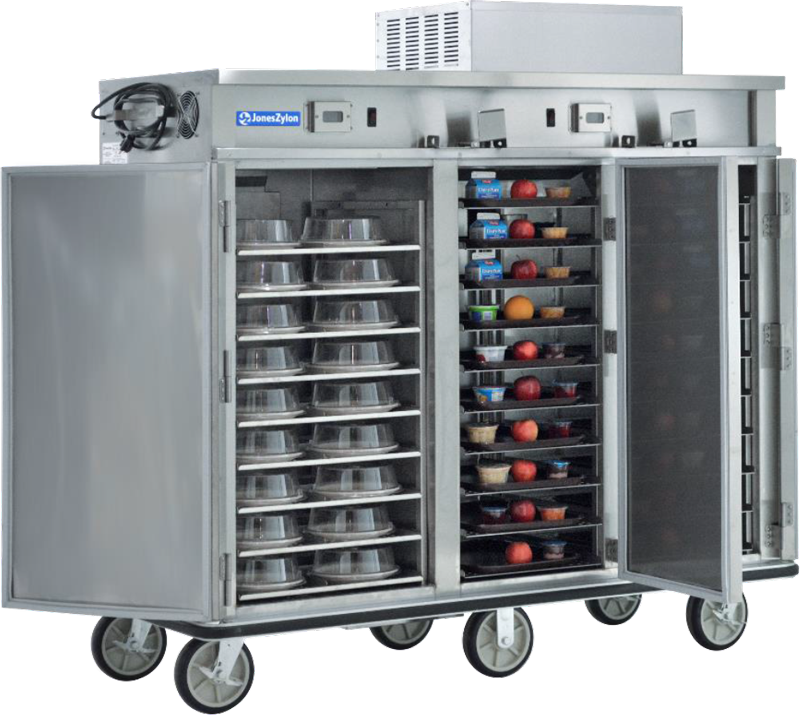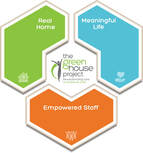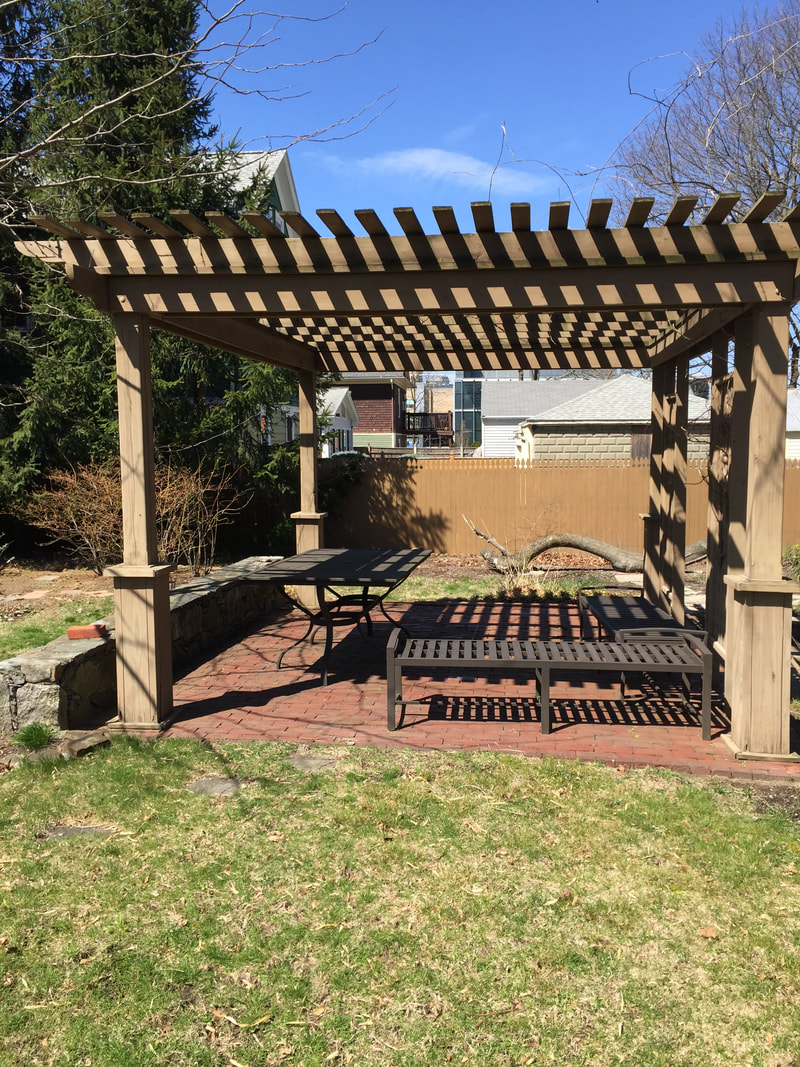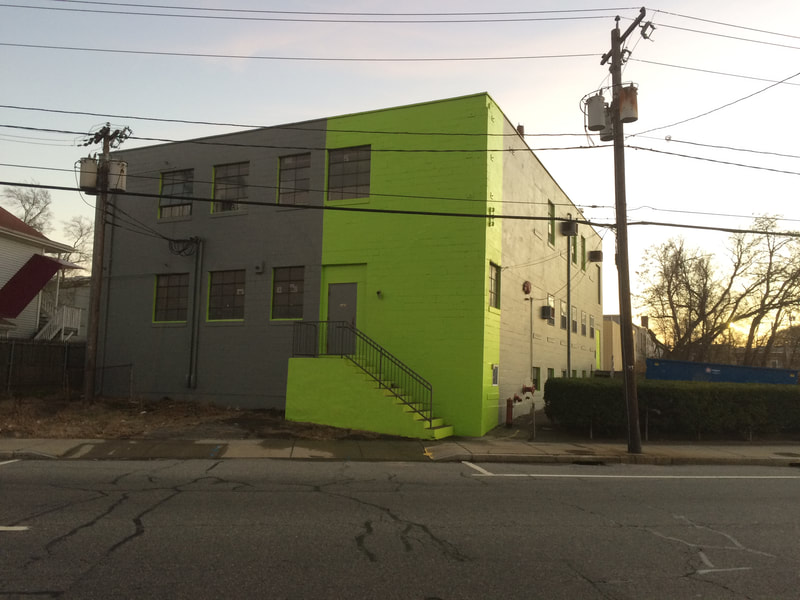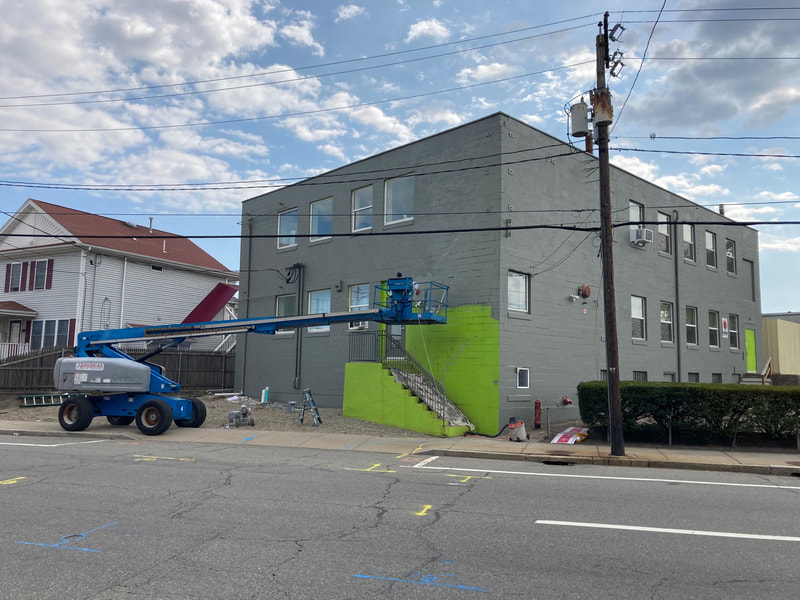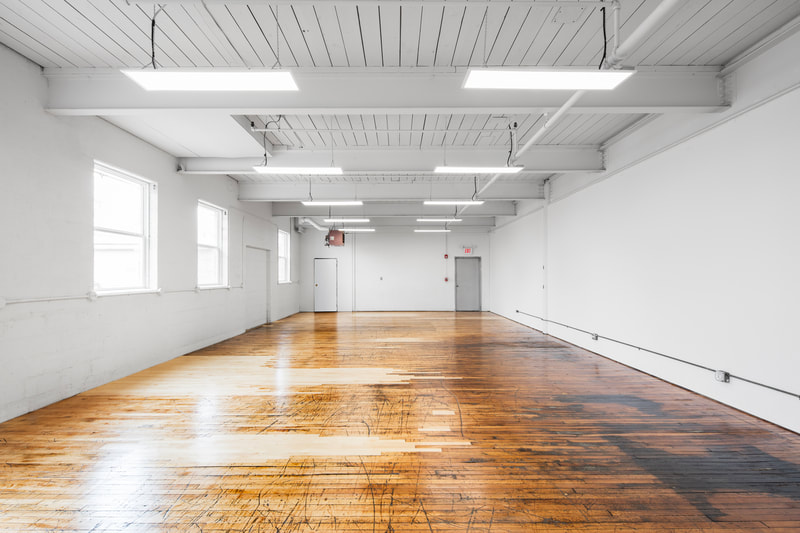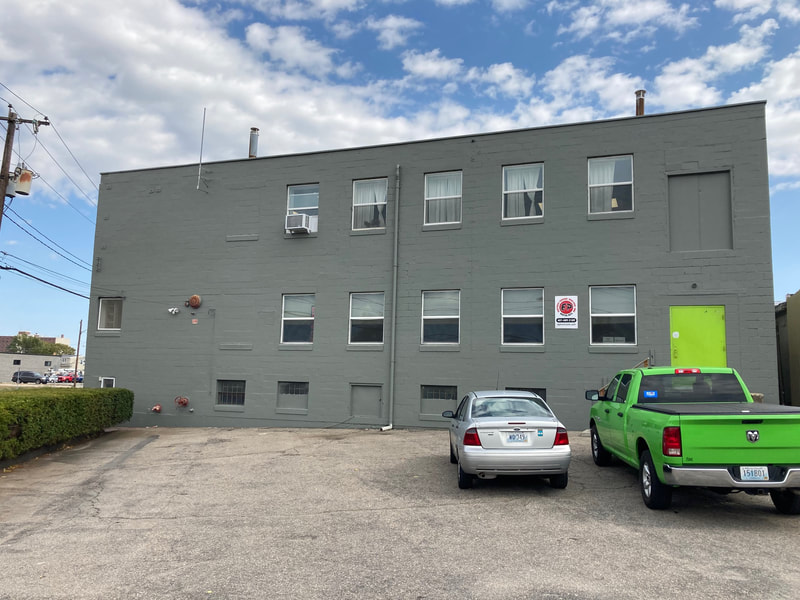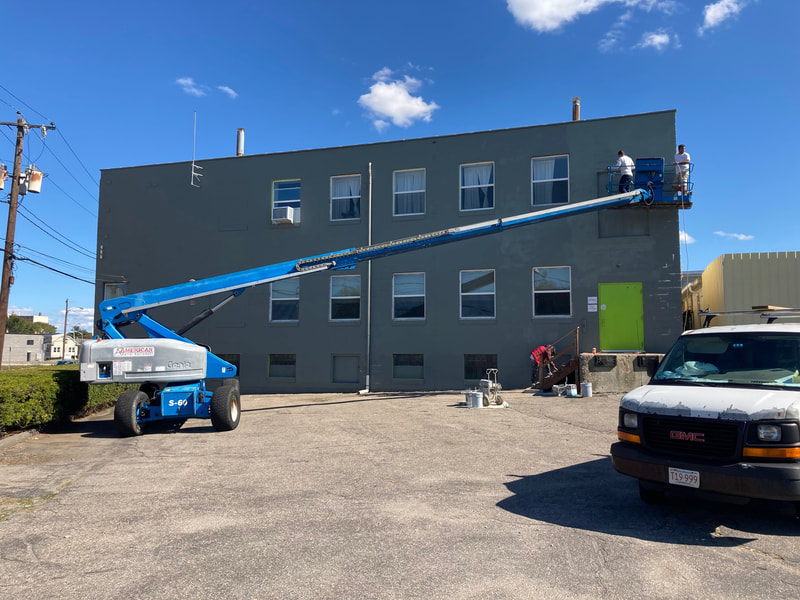|
As a firm committed to designing for seniors in care home settings and those aging in place, we’ve learned a lot over the past year. Assisted living facilities have been especially hard hit during the COVID-19 pandemic: tragically, over 40% of COVID deaths (over 100,000 people) in the US have been associated with long term care. People living in these communities have higher levels of impairment and chronic illness, which can increase their risk of infection. And residents live in close proximity to each other and are in close contact with caregivers, further increasing the probability of that infections will spread. What has the pandemic taught us about assisted living design, and how will it change our approach post-COVID? We have put together a compendium of solutions used during the pandemic:
Contact us to discuss our work with assisted living communities, and how we can help you implement new strategies in care home design.
Just 478 out of approximately 116,000 licensed architects in the US in 2019 identified as black women. And there were only 1,847 licensed African-American male architects. Altogether, black-identifying women and men make up 2% of architects in the US. If that does not sound distressing to you, here are some numbers to put things into perspective: African-Americans represent about 13% of the US population. At the very least, the profession should look like the world we live in. Why? As Architect magazine puts it, “The underrepresentation of many ethnic groups translates not only to inequities within the profession, but also to missed opportunities in business.” The problem needs to be attacked at every level from creating a high school pipeline to the profession, to rethinking the cost of college (architecture is more expensive than many majors because students have to pay for equipment and materials for their work), transforming firm culture so that hiring and retention are not obstacles, and making sure that firms are intentional in their choice of clients, projects, and communities. Every architecture firm has a part to play in this process. David Sisson Architecture has worked with high school students from underrepresented backgrounds through the Rhode Island College Upward Bound program, and The Metropolitan Regional Career and Technical Center to provide internships. We were excited to work with two high school students from Central Falls, RI, Eliane and Karen, in summer 2019. They shadowed our architects on site visits, meetings with clients and city officials, research trips to libraries and local archives, and sat next to us as we developed designs on Revit. As part of this program, we have nurtured relationships with black-identifying consultants such as architectural historian, Ito Osayimwese, who have spoken with our interns about their experiences attending architecture school and working in the profession.
Learn more: National Organization of Minority Architects (NOMA), https://www.noma.net/ Alice Liao, “Increasing Diversity in Architecture: Barriers to Entry,” Architect, May 13, 2019 National Council of Architectural Registration Boards, “Demographics, 2017” Driving through East Providence, you are likely to notice our office at 345 Taunton Avenue, East Providence. It’s a two-story cinder block box, painted battleship gray, with massive picture windows. When we bought it in 2018, it had been a semi-abandoned office building for years. Before that it was home to a jewelry manufacturing outfit, Banana Bob.  We found jewelry notions like this scattered all over the place when we moved in. It turns out that Banana Bob was a popular company and their pieces are collectors' items today! With its large, open floor plan (previously used for assembly line jewelry production), the building was ripe for renovation into modern office space. Here’s what we did to transform the building:
It’s been a lot of hard work but we are proud of transforming this eyesore on Taunton Avenue into a hub of activity. 345 Taunton Ave. is now home to David Sisson Architects, Mountaincow, East Providence Martial Arts, Elsie Osei Artistry, as well as two new live-work spaces. Like all old American cities, Providence has many empty old factory buildings—in every size you can imagine. To keep our city alive, we have to reuse these buildings. David Sisson Architects has worked with multiple clients to renovate some of these buildings, turning their spacious interiors into cafes, print shops, yoga studios, office space, live-work space, etc. See our loft conversions in our portfolio. |
© 2013-2024 David Sisson Architecture, PCDavid Sisson Architecture is a full-service, multi-disciplinary professional architecture firm based in East Providence, RI. We are licensed, registered, and insured architects in Rhode Island, Massachusetts, Connecticut, Vermont, New Hampshire, Maine, New York and Washington, providing both commercial architecture and residential architecture services. David Sisson Architecture specializes in multifamily housing development, adaptive reuse projects, historic preservation and commercial projects.
|
|
Contact Us1.401.595.7070
info@ds-arch.com David Sisson Architecture 345 Taunton Avenue East Providence, RI 02914 |

